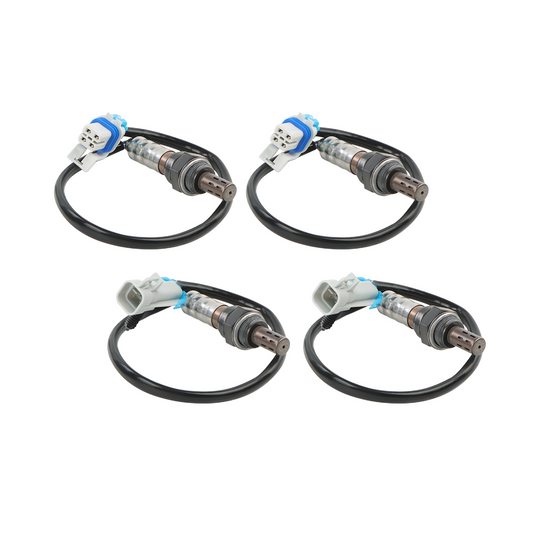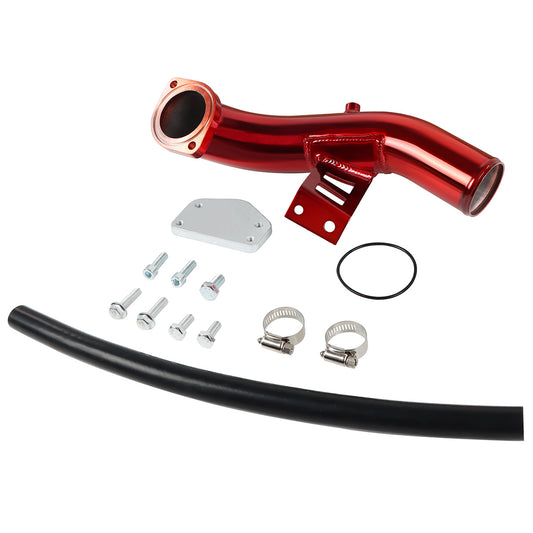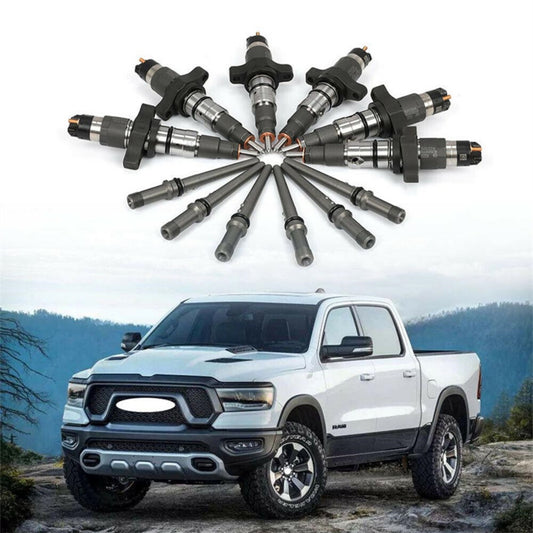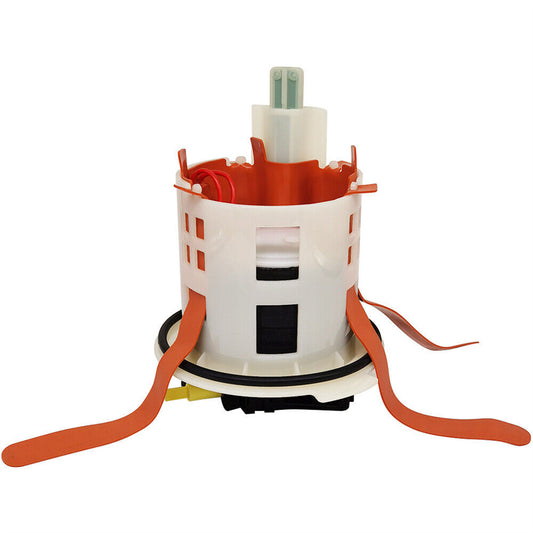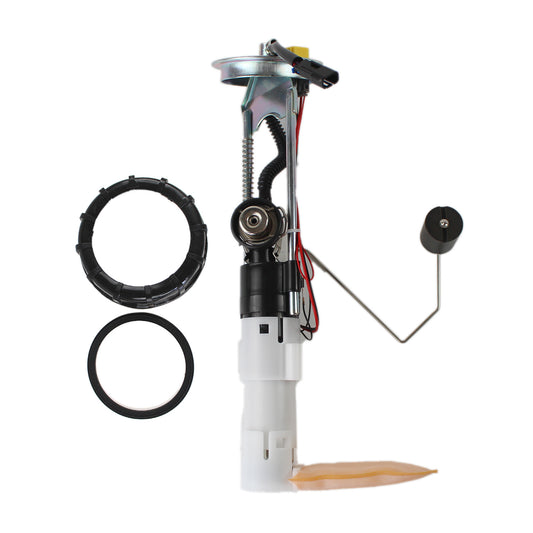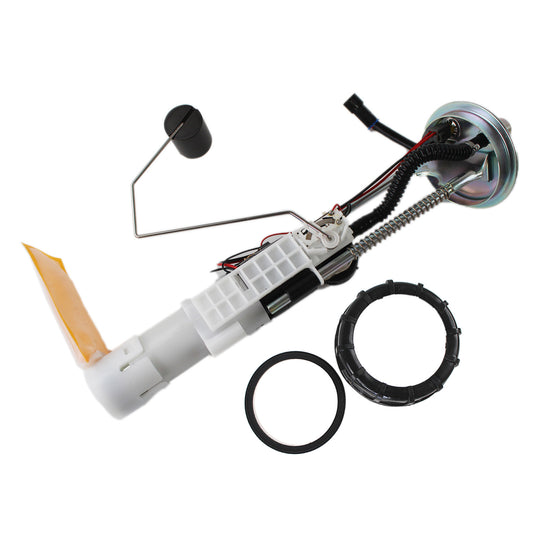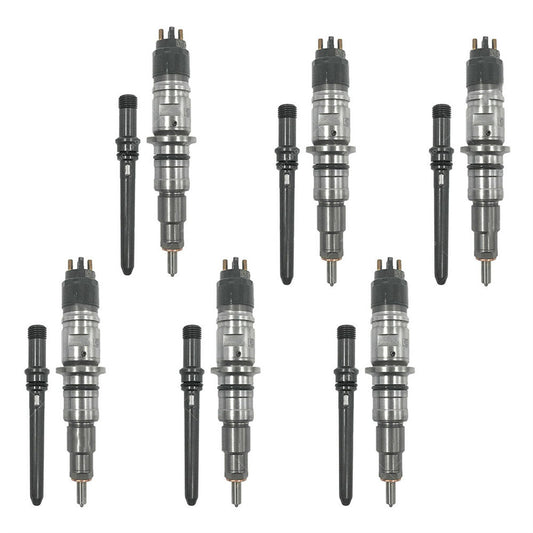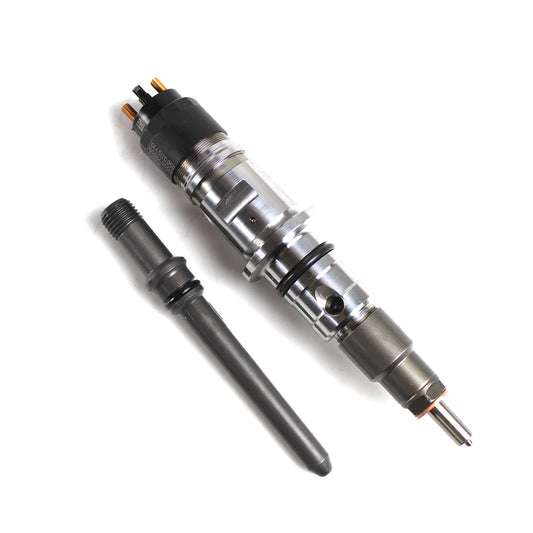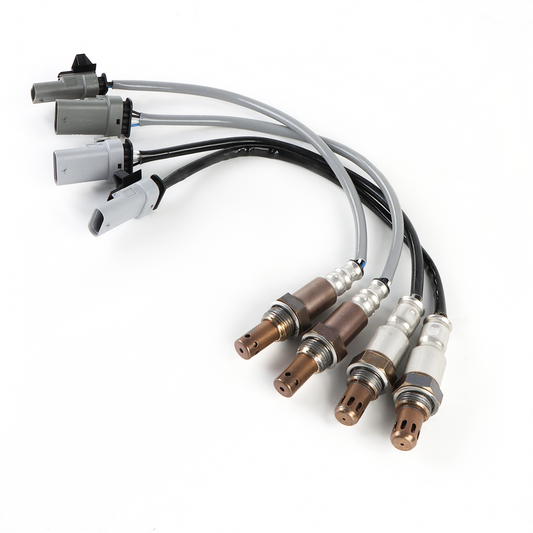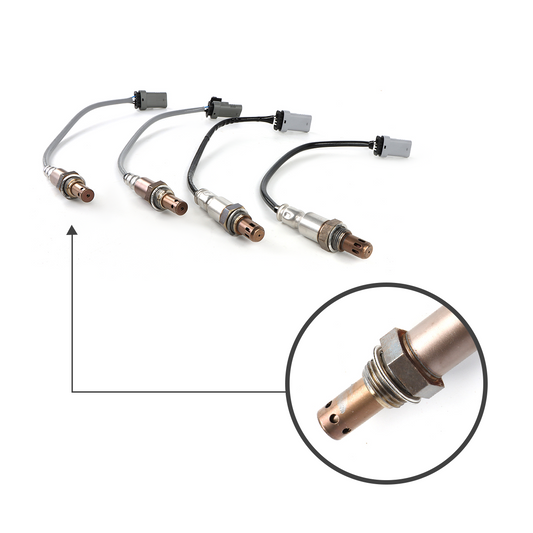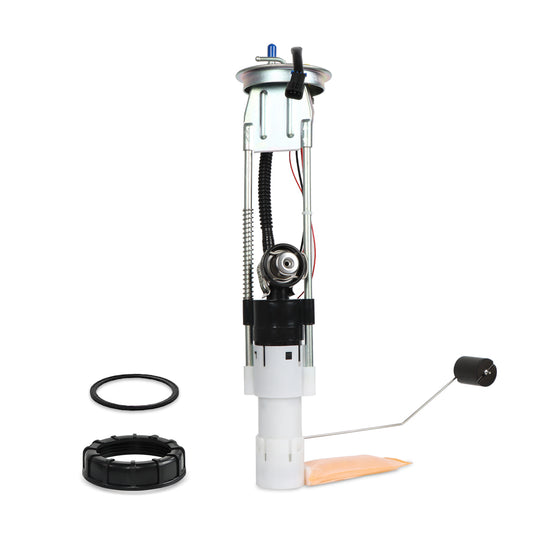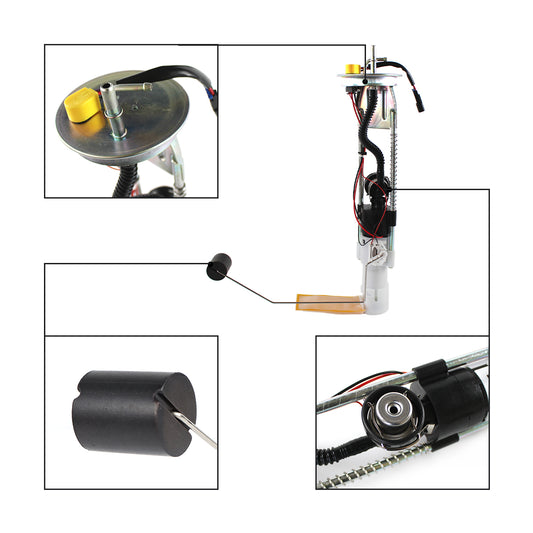How Long Does a Timing Chain Last? Understanding Lifespan and Maintenance Considerations
Introduction: When it comes to the lifespan of a timing chain, understanding the factors that influence its longevity is crucial for maintaining engine performance. In this article, we will explore how long a timing chain typically lasts, taking into account various factors such as driving conditions, maintenance practices, engine design, and the age of the vehicle. By delving into these considerations, you'll gain valuable insights into maximizing the lifespan of your timing chain and ensuring reliable engine operation.
1, Typical Timing Chain Lifespan:
The lifespan of a timing chain can vary depending on several factors, including mileage, age of the vehicle, driving conditions, and maintenance practices. In general, a timing chain can last anywhere from 100,000 to 200,000 miles or more, which typically corresponds to around 10 to 15 years of usage. It's important to consider both the mileage and age of the vehicle when assessing the condition of the timing chain.
2, Factors Affecting Timing Chain Longevity: Several factors can impact the lifespan of a timing chain:
- Driving Conditions: Aggressive driving, frequent towing, and constantly operating under high RPMs can put additional stress on the timing chain, potentially reducing its lifespan.
- Maintenance Practices: Regular oil changes with high-quality lubricants are essential for optimal timing chain performance. Neglecting oil changes or using poor-quality lubricants can accelerate wear on the chain.
- Engine Design: The engineering and design of the engine play a role in determining the durability of the timing chain. Some engines have more robust timing chain systems than others.
3, Signs of Timing Chain Wear:
While timing chains are designed to be durable, they can eventually show signs of wear and require replacement. Keep an eye out for these indicators of timing chain issues:
-
Engine Misfires: A worn timing chain can cause erratic engine behavior, including misfires and rough idling.
-
Excessive Noise: Rattling or clattering sounds coming from the engine compartment, especially during startup or under load, may indicate a loose or stretched timing chain.
-
Engine Performance Issues: A worn timing chain can result in reduced engine power, sluggish acceleration, or difficulties starting the engine.
4, Essential Timing Chain Maintenance:
To maximize the lifespan of your timing chain, follow these key maintenance practices:
-
Regular Oil Changes: Clean engine oil with proper lubricating properties is vital for minimizing friction and wear on the timing chain. Follow the manufacturer's recommended oil change intervals.
-
Tensioner Inspection: Periodically inspect the timing chain tensioner for proper operation and adjustment. A faulty or worn-out tensioner can lead to accelerated timing chain wear.
-
Address Leaks and Contamination: Oil leaks or contamination from external sources can accelerate timing chain wear. Promptly address any leaks and ensure a clean engine environment.
Conclusion: The lifespan of a timing chain can vary depending on factors such as driving conditions, maintenance practices, engine design, mileage, and age of the vehicle. Understanding these considerations allows you to assess the condition of your timing chain accurately and take necessary maintenance steps. By following recommended maintenance practices, monitoring for signs of wear, and addressing issues promptly, you can maximize the lifespan of your timing chain and ensure reliable engine performance throughout your vehicle's lifespan.


